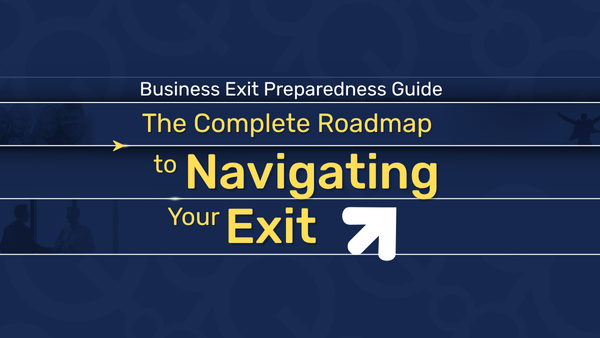The Math Nobody Discusses

Buyers hate partnerships. Not because they dislike the partners personally, but because shared control creates deal complexity that most acquirers won’t touch. When faced with a partnership structure, buyers typically apply a 30-50% discount to account for the additional risk and negotiation complexity.
For example, two partners who each own 50% of a $20 million business aren’t each sitting on $10 million in value. They’re often looking at $6-7 million each because of the partnership discount. That’s $6-8 million in total value destroyed by the ownership structure alone.
Where Partnerships Break Down

In other words, the problems aren’t usually personal—they’re structural. Partners rarely have identical exit timelines, risk tolerance, or financial needs. One wants to sell in three years to fund retirement. The other wants to hold for ten years to maximize growth. One is comfortable with debt financing. The other insists on remaining debt-free.
These differences, manageable during growth phases, become deal-killers during exit discussions. Buyers won’t wait for partners to resolve their differences, and they won’t pay full price for the complexity.
The Control Premium Reality

Similarly, businesses with clear single ownership command higher multiples because decisions can be made quickly and definitively. There’s no risk of partner disputes derailing the transaction, no complexity around dual approvals, and no concern about ongoing partnership dynamics affecting the business post-acquisition.
Even partnerships with 60-40 or 70-30 splits face valuation penalties, though smaller ones. The market rewards clarity of control above almost everything else in ownership structure.
The Consolidation Solution

In summary, smart partnerships address this issue years before exit by creating mechanisms for one partner to buy out the other. This might involve predetermined valuation formulas, staged buyout schedules, or performance-based consolidation triggers.
The goal is ensuring that by exit time, there’s a clear controlling owner who can make decisions unilaterally. This doesn’t require eliminating the other partner entirely—it requires eliminating the shared control structure that buyers penalize.
The Early Decision

Therefore, if you’re in a partnership now, don’t wait until exit discussions to address the ownership structure. The conversation gets harder as the stakes get higher, and buyers won’t wait for you to figure it out.
The most valuable partnerships are those that evolve into clear single ownership before going to market. The partners who recognize this early are the ones who retire wealthy.







